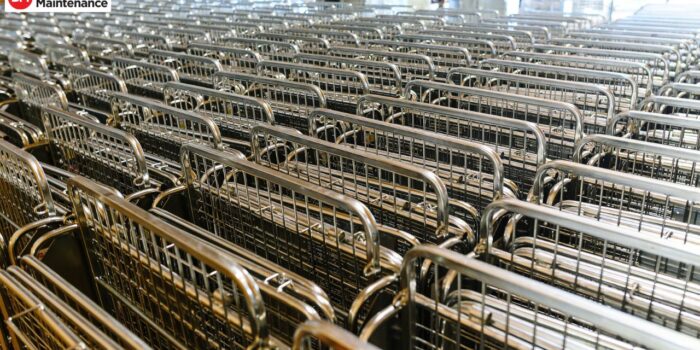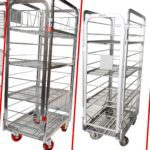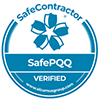Top Tips on Roll Cage Safety
Improper loading and movement of roll cages can often be the cause of accidents and injury. Crashes and falls can happen due to an overloaded or top-heavy roll cage. Long-term injuries such as repetitive strain can develop after prolonged incorrect loading of roll cages. It’s paramount to ensure all staff who work with roll cages are aware of how to operate them safely. Here are some safety tips for the loading and movement of roll cages.
Regular maintenance
Always inspect the roll cage you are using. A damaged roll cage could cause an accident. Ensure you check the castors or wheels regularly especially, as these are in constant use and become worn over time. Without proper repair, the wheels could stick and cause an unpredictable trajectory.
Don’t overload a roll cage
Check the capacity of the roll cage before you load it, and don’t exceed this. When loading a roll cage, always put the heavier items at the bottom. Stack it in layers, to widen the weight load, rather than building a precarious tower.
Lift heavy items safely
Train all staff to lift items safely when loading a roll cage. Bend your knees and lift with your legs rather than putting a strain on your back and shoulders. A repetitive strain injury is common when working with roll cages for long periods. Take regular breaks to stretch and relax your muscles.
Control your speed
Don’t push roll cages any faster than a steady walking pace as this will only increase your chances of having an accident. Speed will boost your momentum and reduce your braking time.
Push rather than pull
Pushing is actually much more ergonomic than pulling. It’s better for your muscles and back. When dealing with heavier roll cages, always push away from you with your legs rather than pull.
Move one roll cage at a time
To save time often people develop a habit of putting together a train of roll cages. This is not recommended, however, as it means you’ll have less control. In the event of an emergency, it will be difficult to stop the roll cages you don’t have a hold of.
Take care on ramps
Take extra care on an incline or uneven ground. Moving a roll cage up or down a ramp is much more dangerous than on a flat surface. In this case, it’s better to work in pairs at least, to prevent the roll cage from toppling over, or losing control.
Please note that these are recommendations and basic guidelines only. For official health and safety advice please refer to the HSE website.
At Distribution Maintenance, the services we offer can minimise problems with roll cages. We offer the safe transportation and delivery of new roll cages, along with roll cage repair and maintenance. We also offer a broad range of other transportation equipment such as refurbished or new roll cages and other associated equipment.
We provide a dependable repair service to a wide range of industry sectors, so you can rest assured after 36 years experience in the business we truly understand the importance of safe transit equipment to your business.









